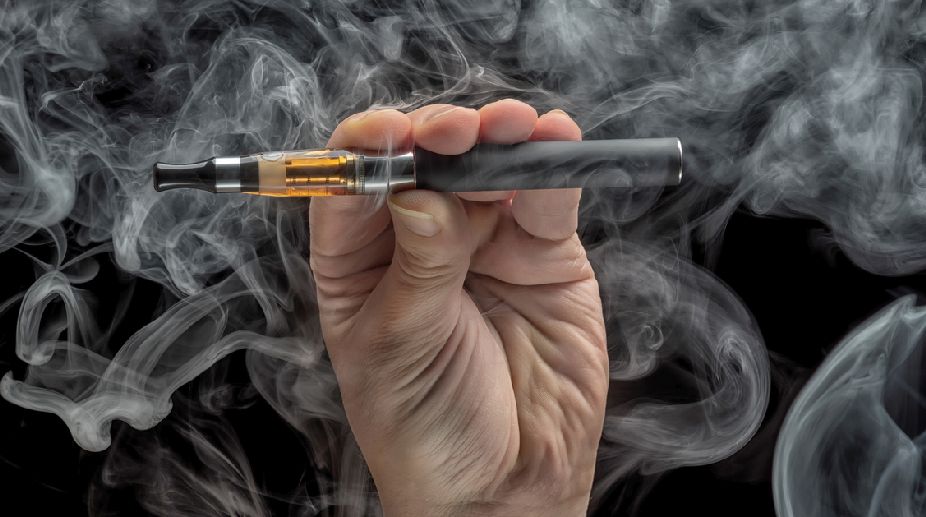India’s total tobacco exports crossed Rs 12,000 crore in 2023-24
India's tobacco exports surpassed Rs.12005.89 crore during 2023-24. Tobacco farmers' income has also doubled over the last five years, the Ministry of Commerce said on Wednesday.

(Photo: Getty Images)
Electronic-cigarettes containing nicotine are potentially as harmful as unfiltered tobacco smoking when it comes to causing DNA damage, a new study led by an Indian-origin scientist warns.
Researchers at the University of Connecticut (UConn) in the US also found that vapour from non-nicotine e-cigarettes caused as much DNA damage as filtered cigarettes, possibly due to the many chemical additives present in e-cigarette vapours.
Advertisement
How much DNA damage e-cigarettes cause depends on the amount of vapour the user inhales, the other additives present, whether nicotine or non-nicotine liquid is used, and other factors, said Karteek Kadimisetty, a postdoctoral researcher in UConn.
Advertisement
"From the results of our study, we can conclude that e- cigarettes have as much potential to cause DNA damage as unfiltered regular cigarettes," said Kadimisetty, lead author of the study published in the journal ACS Sensors.
Electronic cigarettes are battery-powered devices that heat up liquid and turn it into an aerosol vapour that can be inhaled. Using e-cigarettes is also called 'vaping.'
The contents of e-cigarettes, called e-liquid or e-juice, are usually made up of propylene glycol, glycerine, nicotine, and flavourings such as menthol, cherry, vanilla, or mint.
Scientists looked into whether the chemicals in e- cigarettes could cause damage to human DNA while testing a new electro-optical screening device they developed in their lab.
The small 3D printed device is believed to be the first of its kind capable of quickly detecting DNA damage, or genotoxicity, in environmental samples in the field, the researchers said.
The device uses micropumps to push liquid samples across multiple 'microwells' embedded in a small carbon chip. The wells are pre-loaded with reactive human metabolic enzymes and DNA.
As the samples drop into the wells, new metabolites that have the potential to cause DNA damage are formed. Reactions between the metabolites and the DNA generate light that is captured by a camera.
Within five minutes, users can see how much relative DNA damage a sample produces by the intensity of the light detected in each well, researchers said.
The chip central to the device is disposable and costs only a dollar to make, thanks to recent advances in 3D printing, they said.
In the current study, the researchers extracted samples from e-cigarettes and tobacco cigarettes using an artificial inhalation technique.
Cigarettes were connected to a tube that contained a cotton plug. The researchers then used a syringe at the other end of the tube to replicate inhalation. Samples came from the chemicals captured in the cotton.
The team set their test so that 20 puffs of an e- cigarette was roughly equivalent to smoking one tobacco cigarette, a ratio supported by other research.
Researchers gathered samples at 20, 60, and 100 puffs.
The potential DNA damage from e-cigarettes increased with the number of puffs, Kadimisetty said.
Advertisement